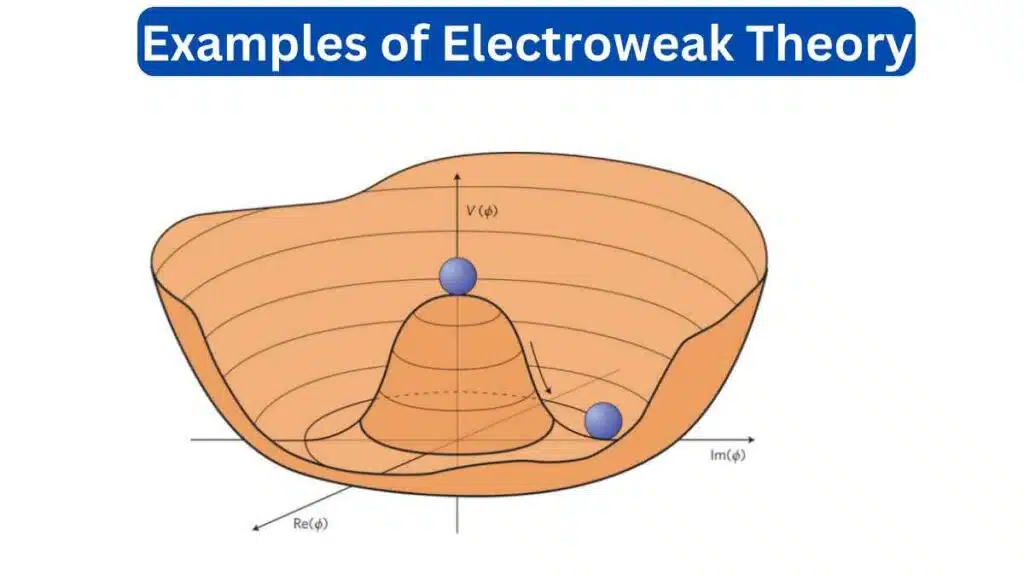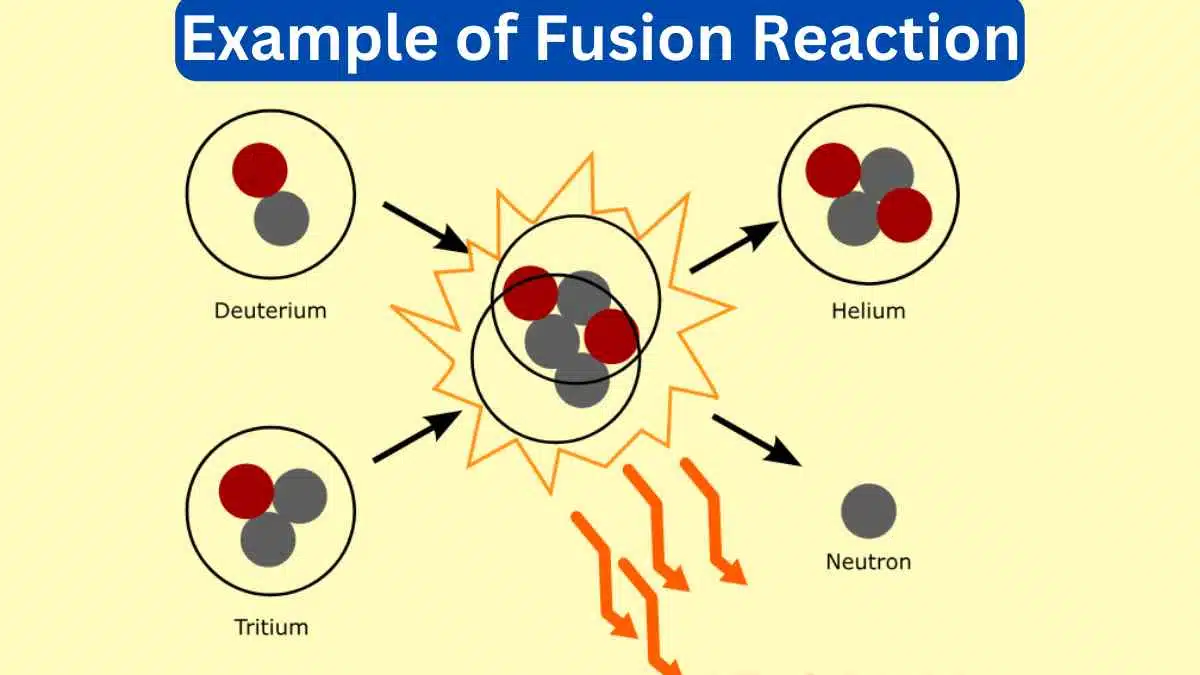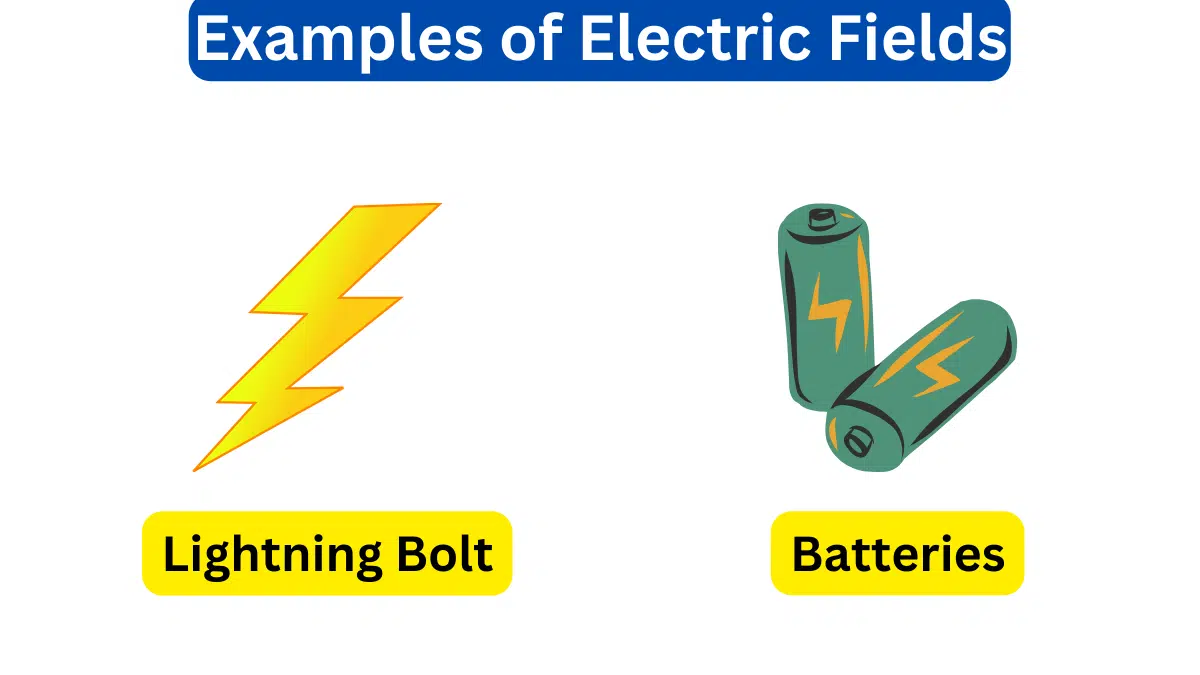10 Examples of Electroweak Theory
The electroweak theory is a theoretical framework in particle physics that unifies the electromagnetic force (associated with photons) and the weak nuclear force (associated with W and Z bosons) into a single consistent theory. Examples of electroweak theory include the unification of force and electroweak symmetry breaking.
Examples of Electroweak Theory
Here are ten examples of the electroweak theory.

1. Unification of Forces
The electroweak theory unifies two of the fundamental forces of nature: electromagnetism and the weak nuclear force. This unification helps simplify the description of particle interactions and provides insights into the behavior of particles at high energies.
2. Electroweak Symmetry Breaking
The electroweak theory involves a mechanism called electroweak symmetry breaking, where the W and Z bosons acquire mass, while the photon remains massless. This mechanism is responsible for the weak force’s short-range nature.
3. W and Z Boson Discovery
The electroweak theory predicts the existence of the W and Z bosons, which mediate weak interactions. These particles were discovered in experiments, confirming the validity of the theory.
4. Weak Neutral Currents
The electroweak theory introduced the concept of neutral currents, which describe neutral interactions mediated by the Z boson. The observation of weak neutral currents in experiments provided strong support for the theory.
5. Electroweak Precision Tests
The electroweak theory makes precise predictions about the behavior of particles and forces. Experiments, such as those conducted at CERN, have tested these predictions to high levels of precision, confirming the theory’s accuracy.
6. Electroweak Interactions in Particle Colliders
Particle colliders like the Large Hadron Collider (LHC) study electroweak interactions to explore the behavior of particles at high energies. They investigate processes involving W and Z bosons, as well as their interactions with other particles.
7. Higgs Mechanism in Electroweak Theory
The Higgs mechanism, which gives mass to particles, is an essential component of the electroweak theory. The discovery of the Higgs boson at the LHC confirmed the theory’s predictions.
8. Electroweak Theory and the Early Universe
The electroweak theory plays a role in cosmology by describing the behavior of particles in the early universe. It is instrumental in understanding the electroweak phase transition and the formation of particle masses.
9. Electroweak Theory and Weak Decays
The electroweak theory provides a framework for understanding weak decays of particles, including those involved in processes like beta decay in nuclei.
10. Electroweak Theory as Part of the Standard Model
The electroweak theory is a crucial component of the Standard Model of particle physics, which describes the fundamental particles and forces of the universe. It is essential for understanding the behavior of particles in particle accelerators and cosmic phenomena.
The electroweak theory is a cornerstone of modern particle physics, helping us understand the fundamental forces that govern the behavior of particles in the universe. It has been tested extensively through experiments and has provided a foundation for our understanding of particle interactions.







Leave a Reply